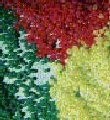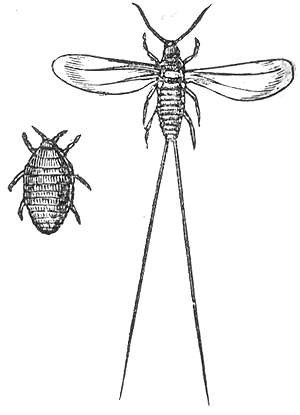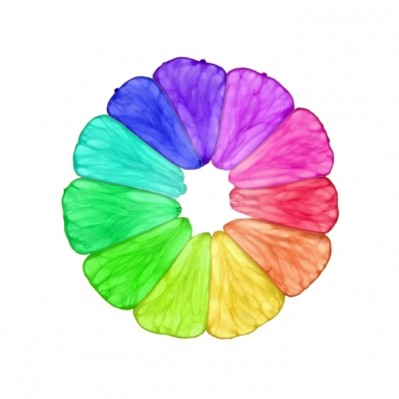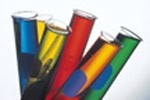Colours pose no health risk to Australians, says FSANZ
There has been considerable public attention to food colourings in the last 15 months, since the publication of the Southampton study in The Lancet in September 2007, which saw a link between cocktails of certain commonly-used artificial colours and hyperactivity in children.
In September a campaign called ‘Kids First’ – backed by a three groups, Additive Alert, Food Intolerance Network, and Additive Education – called on the Australian government to ban the six colours implicated in the Southampton study. The colours are sunset yellow (E110), tartrazine (E102), carmoisine (E122), ponceau 4R (E124), quinoline yellow (E104), and allura red (E129).
However the FSANZ survey, which was published this week but conducted in 2006, is said to provide “significant reassurance that there is no public health and safety risk from the consumption of foods containing added colours as part of a balanced diet”.
It also observed that, in many cases, levels were below the MPLs set out in the Australia New Zealand Food Standards Code. The agency said this could mean that the MPLs are actually higher than is needed for the technological function, and said discussions with the food industry on this would be warranted.
The survey says colours are used as “a visual cue for quality, to induce the perception of flavour and to meet consumer expectations”.
However in Europe, where the new regulation of food additives includes a warning label for products containing colours linked to hyperactivity, there is a view that food colours’ sole role is cosmetic.
Survey details
The analytical survey set out to quantify actual levels of permitted synthetic colours and two natural colours in food and beverages in Australia, so as to accurately estimate dietary exposure and assess potential risk to human health.
Between June and August 2006, it looked at a total of 396 individual samples of processed foods and beverages from a broad range of categories.
Products were tested for allura red (food additives number 129), amaranth (123), azorubine (122), brilliant black (151), brilliant blue (133), brown HT (155), erythrosine (127), fast green (143), green S (142), indigotine (132), ponceau 4R (124), quinoline yellow (104), sunset yellow (110), and tartrazine (102).
Two natural colours, Annatto (160b) and Cochineal/Carmine (120) were also included.
The survey found that the concentrations of colours were below the respective MPL in all products except one, a powdered instant chocolate custard.
A similar survey conducted in 2004 by the South Australia Department of Health (which excluded Fast Green and Quinoline Yellow) found only five samples out of 255 that exceeded respective MPLs. These were two liqueurs, a flavoured milk, an ice cream and an extruded snack food.
The full survey published by FSANZ is available here http://www.foodstandards.gov.au/_srcfiles/Colours%20Survey_Final%20Report%2022%20Oct%2008%20_2_.pdf











